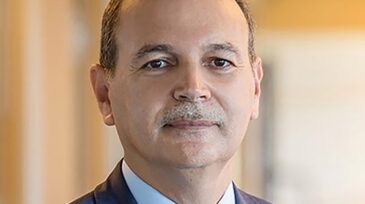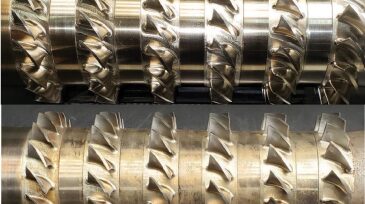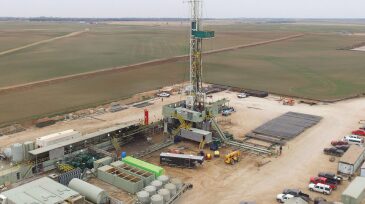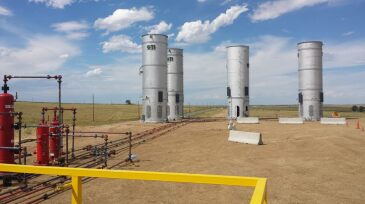Monthly Features
-
This article is the fourth in a Q&A series from the SPE Research and Development Technical Section focusing on emerging energy technologies. In this piece, David Reid, the CTO and CMO for NOV, discusses the evolution and current state of automated drilling systems.
-
Oil and gas experts encourage human/AI partnerships that can “supercharge” capabilities to create competitive advantages.
-
Casing deformation has emerged as a major challenge in China’s unconventional oil and gas fields, prompting the development of new solutions to address the issue.
-
The US supermajor is using one of its lowest-value hydrocarbon products to generate double-digit production increases in its most prolific US asset.
-
Bad vibes are being addressed by contractors as operators push to go faster, deeper, and longer with unconventional wells.
-
As LNG projects sanctioned earlier this decade come onstream, a shortage of new final and pre-final investment decisions threatens to leave the project pipelines dry at a time when global LNG demand is forecast to surge over the next 15 years.
-
Measuring the flow of water, mud, and cuttings from a well is critical, and difficult. A new flowmeter design that promises to be both accurate and durable is one of three technologies featured in a JPT series on drilling measurement innovation.
-
The best way to know how drilling affects drill bits is to visualize the bits. A device that creates high-resolution images for precise measurements is one of three technologies being featured in a JPT series on drilling measurement innovations.
-
Kamel Ben-Naceur is the nominee for 2022 SPE President. He and seven others make up the new slate of nominees recommended for positions open on the SPE Board of Directors.
-
Edge—or, in-field, device-level—computing is being driven by the need for data from individual wells to be analyzed and processed at the wellsite instead of in data centers for early and accurate decision making.
-
A downhole compressor solution based on advanced magnetic technologies completed its first field trials in an unconventional gas well. It resulted in a 62% increase in gas production and significant increase in liquid production compared to using a rod pump previously in the well
-
When engineers went searching for clues on how fractures move beneath the surface, they expected to uncover important learnings. They did not know they were on the path to a new invention.
-
For the upstream industry, where improvement in efficiency or production can drive significant financial results, there is no question that the size of the digital prize is huge. So are the challenges.
-
Every horizontal well must pass through the flowback phase before it becomes a true producer. A wealth of insights are generated during this period, but they only matter if an operator knows how to listen and interpret the data sets correctly.
-
A group of people who really care how drillers code the memos added to the daily drilling report is the data scientists—who find that the coded tags do not match the activity. A program that helps drillers code is one of three technologies featured in a JPT series on drilling measurement innovation.
-
Instead of burning money, why not make electricity? This is the big pitch being made by a growing number of technology companies who see green every time they see a red-hot flare burning associated gas.
Explore Content by Discipline
Power Up With JPT Newsletters
JPT Newsletter (Weekly).
All the top stories, trends, and tech.
JPT Unconventional Insights (Monthly).
Fresh takes on shale and tight oil.
Get JPT articles in your LinkedIn feed and stay current with oil and gas news and technology.















